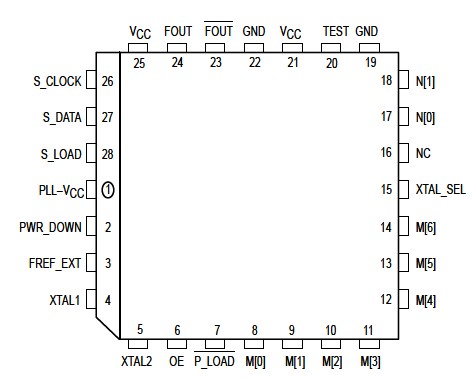MC12439: PinoutDescriptionThe internal oscillator MC12439uses the external quartz crystal as the basis of its frequency reference. The output of the eference oscillator is sent directly to the phase detector...
floor Price/Ceiling Price
- Part Number:
- MC12439
- Supply Ability:
- 5000
Price Break
- Qty
- 1~5000
- Unit Price
- Negotiable
- Processing time
- 15 Days
SeekIC Buyer Protection PLUS - newly updated for 2013!
- Escrow Protection.
- Guaranteed refunds.
- Secure payments.
- Learn more >>
Month Sales
268 Transactions
Payment Methods
All payment methods are secure and covered by SeekIC Buyer Protection PLUS.

 MC12439 Data Sheet
MC12439 Data Sheet







